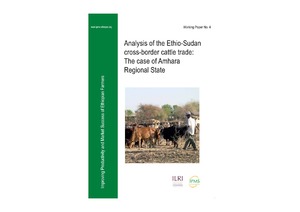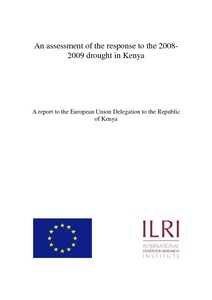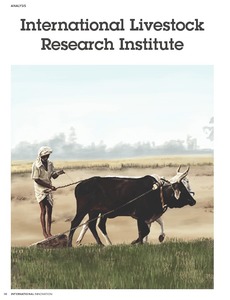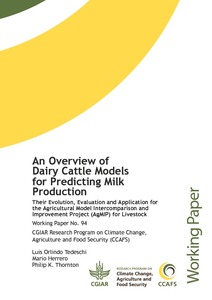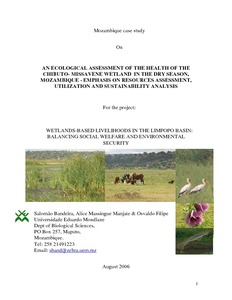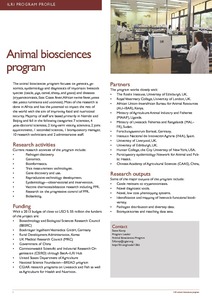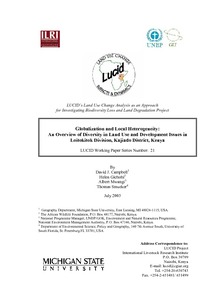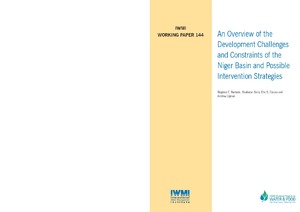Analysis of the Ethio-Sudan cross-border cattle trade: the case of Amhara Regional State
This study focuses on the Ethio-Sudan cross-border cattle trade along the border between Sudan and the Amhara Region. It was initiated by the Integrated Livestock Development Project (ILDP) which operates in the North Gondar Zone of the Amhara Regional State. Legal and illegal livestock marketing systems are examined where small farmer exporters and traders are the major actors in the illegal cattle marketing system while medium- to large-scale licensed exporters are dominantly operating in the legal system.

